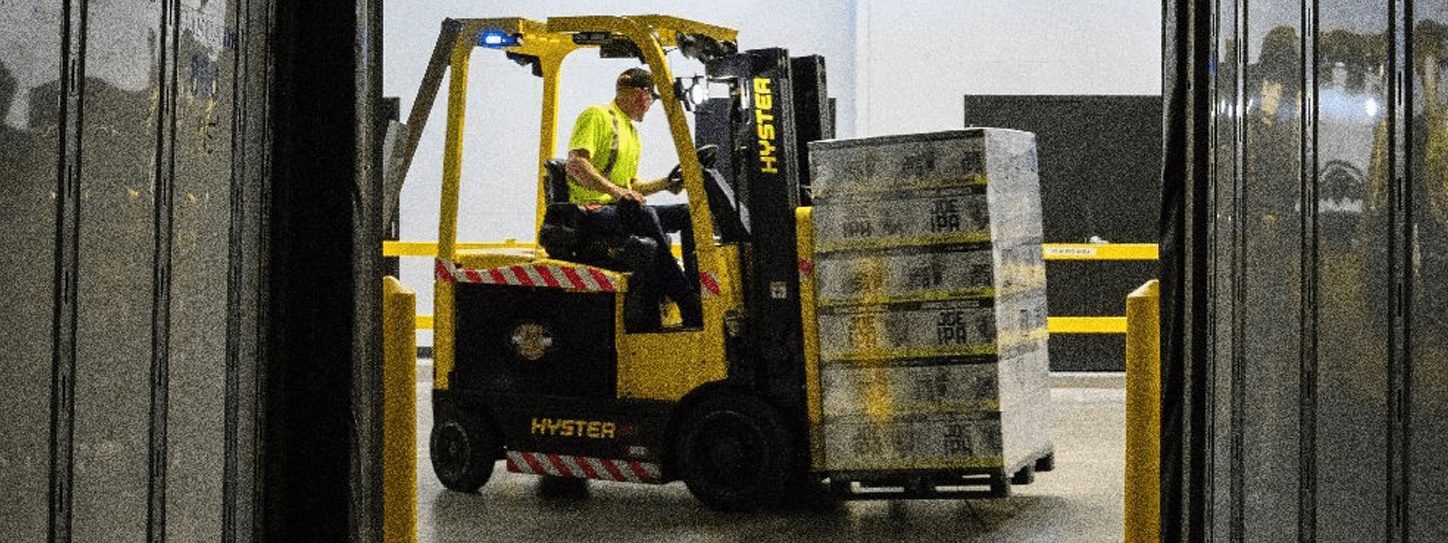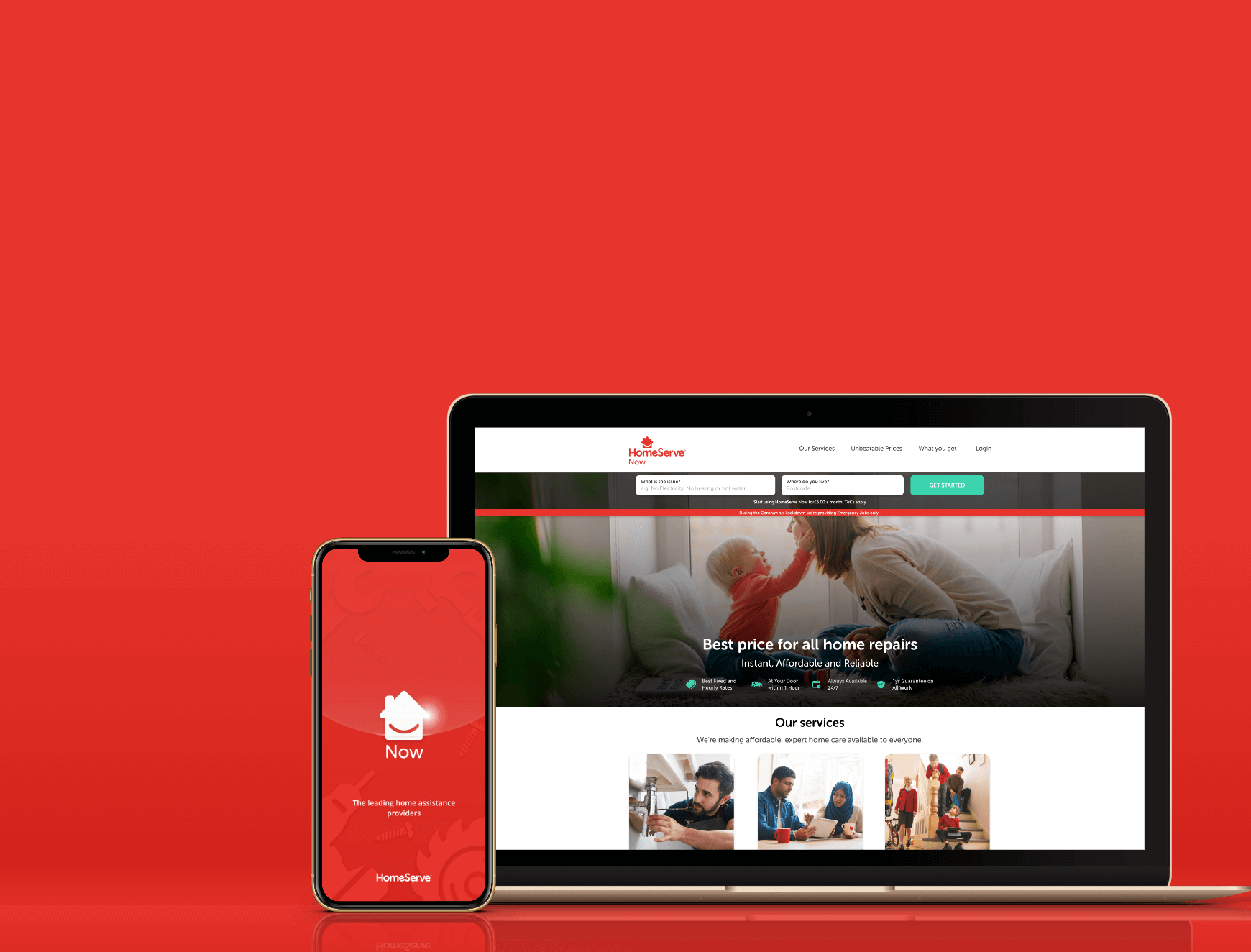Case Study 02
CLIENT
lodestar international
PROJECT
operations management
PLATFORM
web
Engineering a productivity enhancement tool that solves data aggregation, management, and access challenges while working within the existing ecosystem of users, technology, and operational workflow.
Lodestar International is a leader in oil and gas drilling dynamics technology based in the USA. The company helps its global customer-base optimize their drilling operations.
Lodestar teams were working with spreadsheets, white-boards, and emails. While the tasks were getting completed, the existing systems left a lot of room for efficiency. Plus, each platform was working in a silo and was dependent on human intervention for collecting, cleaning, and collating critical data. This created significant bottlenecks in the flow of data, as the engineering team had to go out of its way for maintaining the data in a repository and then manually mailing it to the field engineers and project managers, when necessary.
The solution had to intuitively fit into the company's existing workflow. If the engineering team were to go through significant training for just understanding the new platform, it would defeat the purpose.
The platform had to have a high degree of automation in place. Else, it wouldn't have added any value beyond the manual data-entry in spreadsheets and emails.
With every passing day, there was increasing risk of data inaccessibility to the client's operations. Even minute inaccuracies would have resulted in major losses to both Lodestar and its customers. Hence, the project-schedule had to be optimized perfectly.
Since the entire product had to be deployed frequently, feedback collection and new feature development on the basis of that feedback had to be a seamless process.
The Technogise and Lodestar teams were in different locations and time-zones. Hence, communication had to be transparent, and accurate. The Technogise team's modus operandi and wide experience of working as a distributed team without losing productivity, objectivity, and collaboration capabilities helped overcome this limitation.
The platform had to have a high degree of automation in place. Else, it wouldn't have added any value beyond the manual data-entry in spreadsheets and emails.
With every passing day, there was increasing risk of data inaccessibility to the client's operations. Even minute inaccuracies would have resulted in major losses to both Lodestar and its customers. Hence, the project-schedule had to be optimized perfectly.
Since the entire product had to be deployed frequently, feedback collection and new feature development on the basis of that feedback had to be a seamless process.
The Technogise and Lodestar teams were in different locations and time-zones. Hence, communication had to be transparent, and accurate. The Technogise team's modus operandi and wide experience of working as a distributed team without losing productivity, objectivity, and collaboration capabilities helped overcome this limitation.
We began by conducting a discovery workshop aimed to get a detailed understanding of the problem landscape.
We focussed on Lodestar's goals, their customer's goals, pains & gains for each user, and an AS-IS process for understanding how iterative solutions can be engineered and deployed.
Along with the Discovery Workshop, we paid special attention to understand users' workflows and feedback on each iteration. The team established a Minimum Usable Product, which benchmarked a cumulative list of features and characteristics for the platform that could be attained efficiently. During Discovery Workshop sessions, the team also brought in TO-BE modules to help the Lodestar team understand the potential solution before it went into production. This saved a lot of time that would have otherwise gone into engineering features not centrally required by the team.
Post this, we created a detailed roadmap with priorities and milestones to give Lodestar a clear idea of how the entire project will unfold. By the time the users were on board on the new platform, every stakeholder had a clear understanding of how the platform would function.
The entire solution was developed over the course of 3 months. Each module went quickly through the 'wireframing-feedback-development-deployment' cycle. This ensured that each wireframe for the product was working in exact cohesion with the engineering team's workflow. It was an efficient and simple solution that saved productive person-hours for Lodestar and ensured data integrity throughout the process.
We specifically chose our tech stack consisting of Node.js, ReactJs, PostgreSQL, and Heroku for rapid deployment and updates. The Technogise and Lodestar teams decided to collaborate in fixed hours and use video-conferencing tools to enhance collaboration. The solution started showing quick results, and the Lodestar team soon wanted new features. With all the feedback already in hand, Technogise delivered added features in less than a month.
We focussed on Lodestar's goals, their customer's goals, pains & gains for each user, and an AS-IS process for understanding how iterative solutions can be engineered and deployed.
Along with the Discovery Workshop, we paid special attention to understand users' workflows and feedback on each iteration. The team established a Minimum Usable Product, which benchmarked a cumulative list of features and characteristics for the platform that could be attained efficiently. During Discovery Workshop sessions, the team also brought in TO-BE modules to help the Lodestar team understand the potential solution before it went into production. This saved a lot of time that would have otherwise gone into engineering features not centrally required by the team.
Post this, we created a detailed roadmap with priorities and milestones to give Lodestar a clear idea of how the entire project will unfold. By the time the users were on board on the new platform, every stakeholder had a clear understanding of how the platform would function.
The entire solution was developed over the course of 3 months. Each module went quickly through the 'wireframing-feedback-development-deployment' cycle. This ensured that each wireframe for the product was working in exact cohesion with the engineering team's workflow. It was an efficient and simple solution that saved productive person-hours for Lodestar and ensured data integrity throughout the process.
We specifically chose our tech stack consisting of Node.js, ReactJs, PostgreSQL, and Heroku for rapid deployment and updates. The Technogise and Lodestar teams decided to collaborate in fixed hours and use video-conferencing tools to enhance collaboration. The solution started showing quick results, and the Lodestar team soon wanted new features. With all the feedback already in hand, Technogise delivered added features in less than a month.
Let's craft brilliance together









